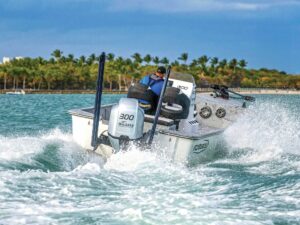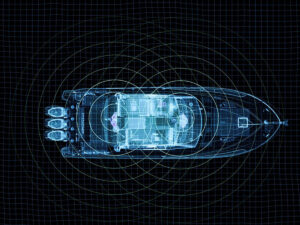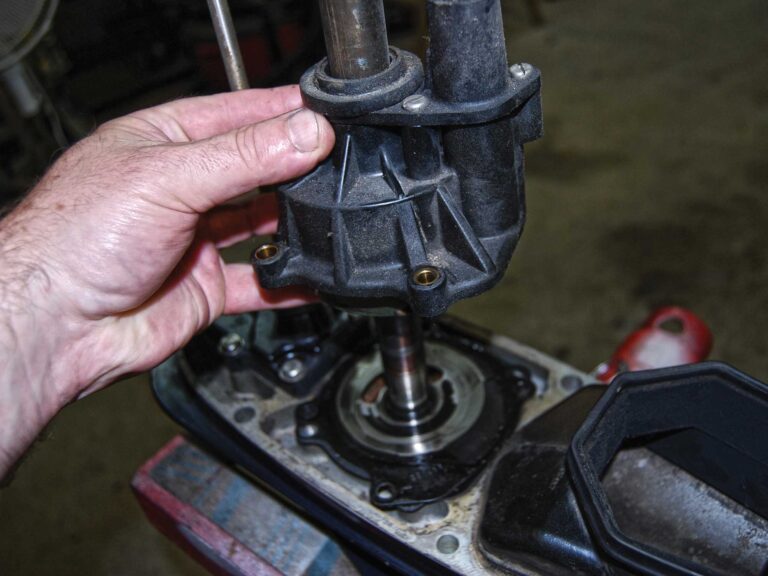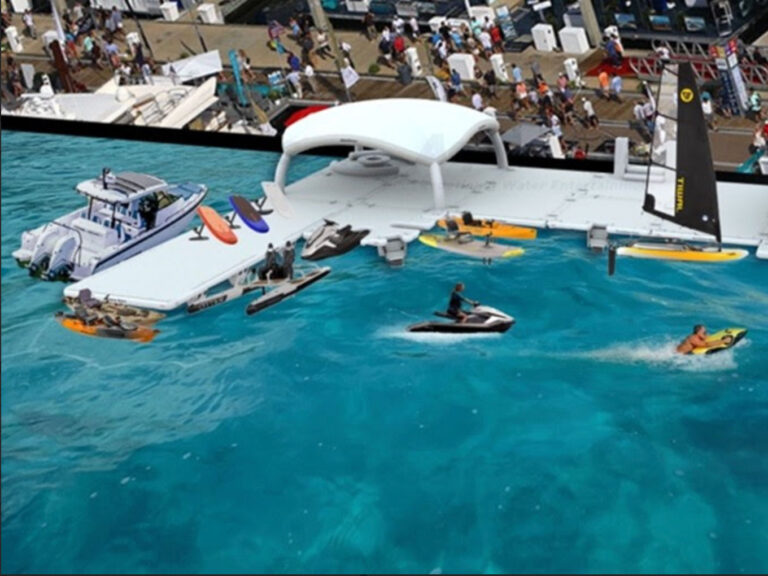
A fair number of boats we test today don’t have compasses, a shortcoming that many boaters consider a nautical no-no. A compass ensures safe navigation, even when a boat is equipped with a GPS. Electronics can fail. When that happens, you need to fall back on dead reckoning, and a compass is required. There are number of compass sizes and styles available to fit just about any helm arrangement. Here are the basics on compasses for recreational boats.
Location
A compass should be mounted directly in front of the helmsman with the lubber line, which indicates the heading, aligned parallel to the centerline of the boat.
Compass Size
As a rule of thumb, select a compass with the largest diameter that will properly fit your helm or dash. The larger the compass, the easier it is to read and the more stable it is, a consideration that gains even greater importance in rough conditions.
Gimbal
An internal gimballing system keeps the compass dial as level as possible within its watertight fluid-filled chamber, or compass bowl, as the boat pitches and rolls. Gimballing ensures good readability in nearly all conditions.
Types of Dials
There are three types of marine-compass dials.

Flat Card: This type of dial is horizontal so that you look down or through to read the course heading with the lubber line at the forward portion of the compass. It is best suited for helms in which you stand to pilot the boat or with seating that’s high enough to look downward at the compass.
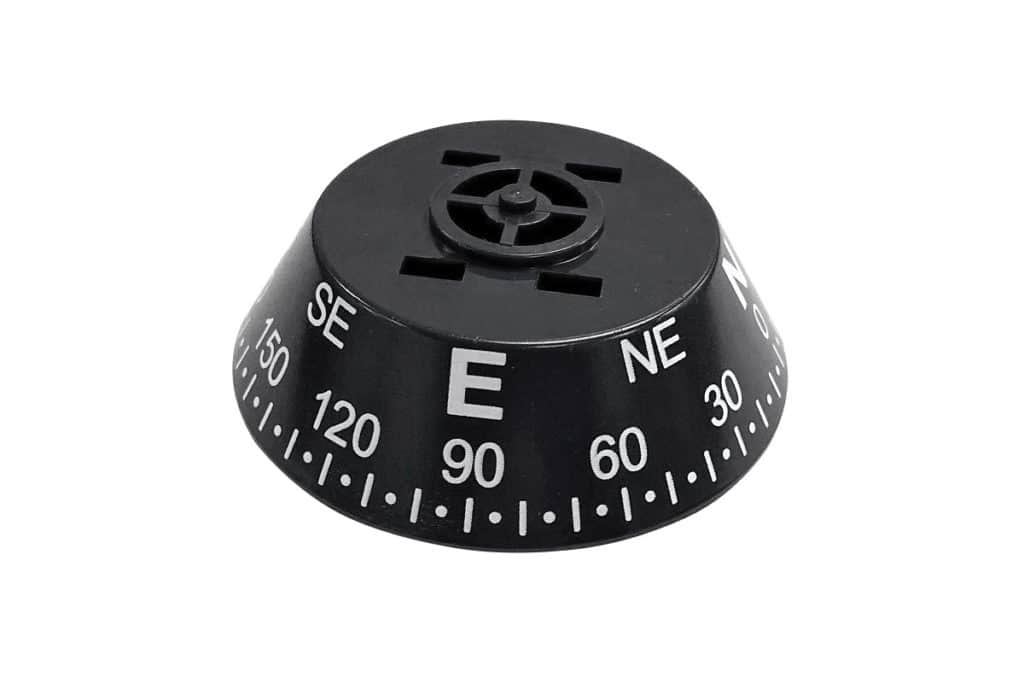
Direct Read: These dials let you view the course on an upright, conical dial with a lubber line at the aft portion of the compass so the heading is on the part of the card that’s closest to the helmsman, a good choice for helms where the compass is positioned at eye level.

Hybrid Dial: Ritchie Navigation offers a dial that combines direct-read and flat-card features. The Combi-Dial can be read from both above and directly in front of the compass, with lubber lines front and back. This is great for boats where you view the compass from above while standing, but view directly when seated.
Mounting Styles
There are five mounting styles for marine compasses.
- Flush-Mount: This style requires cutting a hole—some as large as 5 inches or more in diameter—on a horizontal surface, such as the top of your dash, for the body of the compass. Just the compass dome is above the surface. Flush-mounts are available with direct-read and hybrid dials.
- Surface-Mount: These low-profile compass models mount on top of a horizontal surface and are good choices for compact helms and/or when cutting a hole on top of the dash is not feasible. These are available with flat, direct-read and hybrid dials.
- Binnacle-Mount: These are also surface-mount models, but with taller cases to house the body of larger compasses. All feature flat-card dials.
- Bracket-Mount: The bracket allows for adjusting the fore and aft tilt angle of the compass, thus making these models well-suited for angled or even vertical surfaces. Models are available with flat-card, direct-read and hybrid dials.
- Dash-Mount: On helms with no horizontal space, these models let you install the compass like a marine in-dash instrument. Most feature a direct-read dial and must be mounted on a vertical surface to function properly. These models require cutting a hole in the dash panel to mount the compass.
Damping
Many marine compasses feature damping to help stabilize the dial. Ritchie, for instance, offers its PowerDamp system to eliminate spinning and dial jumping on its flat-card models at high speeds and in heavy seas. Its direct-read and Combi-Dial models have dials that are formed to provide similar damping qualities.
Illumination
Virtually all marine compasses feature LED lighting that can be wired into your boat’s instrument illumination for nighttime boating. Many also feature adjustable sun shields to help reduce glare and improve readability while boating on bright, sunny days.
Read Next: How To Make A Deviation Table For Your Boat’s Compass
Compensation
Separating the compass from onboard electrical equipment, ferrous metals or other equipment will minimize magnetic interference. Yet it’s nearly impossible to eliminate all sources of interference. That’s why most marine compasses have built-in compensation screws to correct for small amounts of deviation. To learn how to compensate your marine compass, follow the directions that came with your compass or visit the manufacturer’s website.


